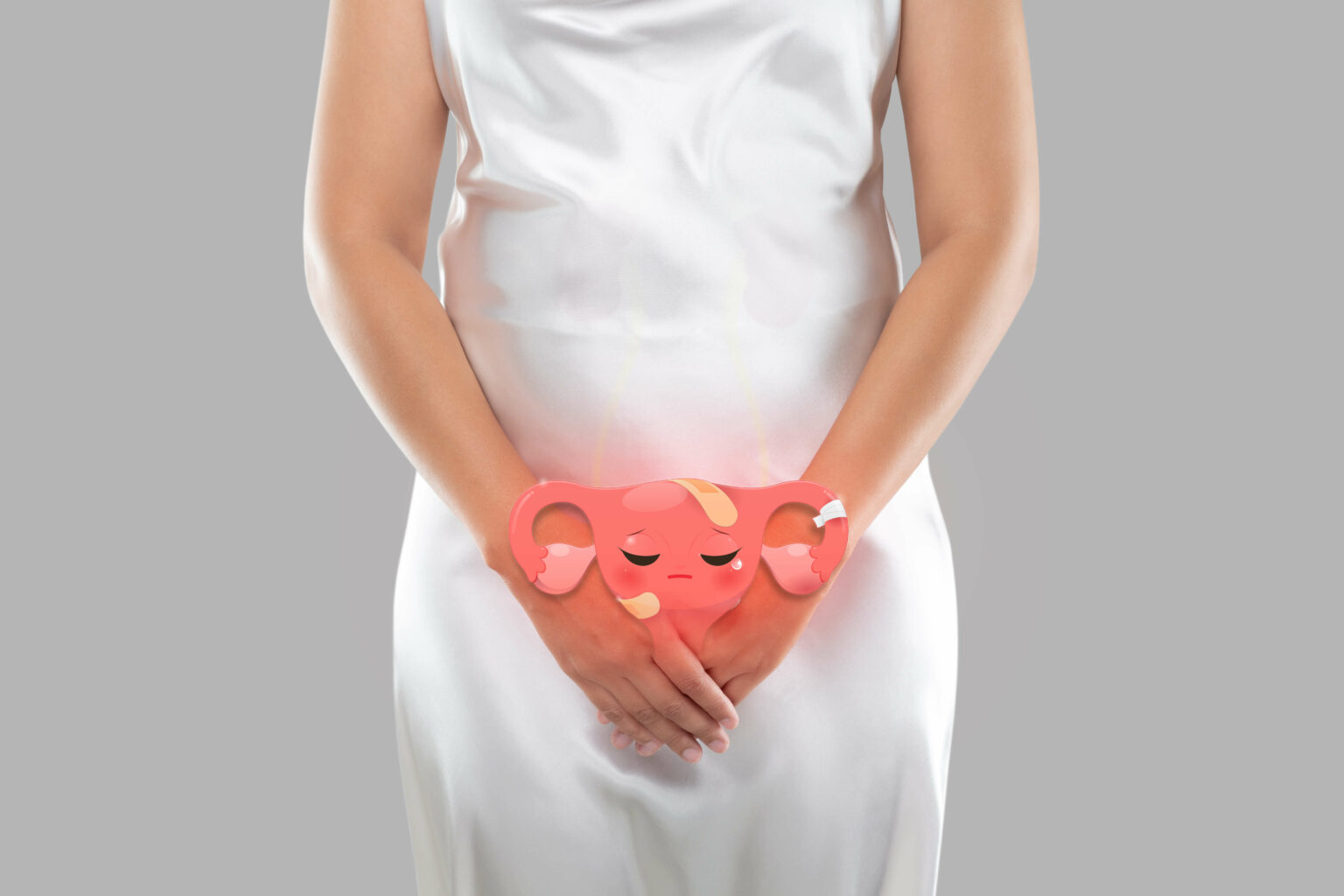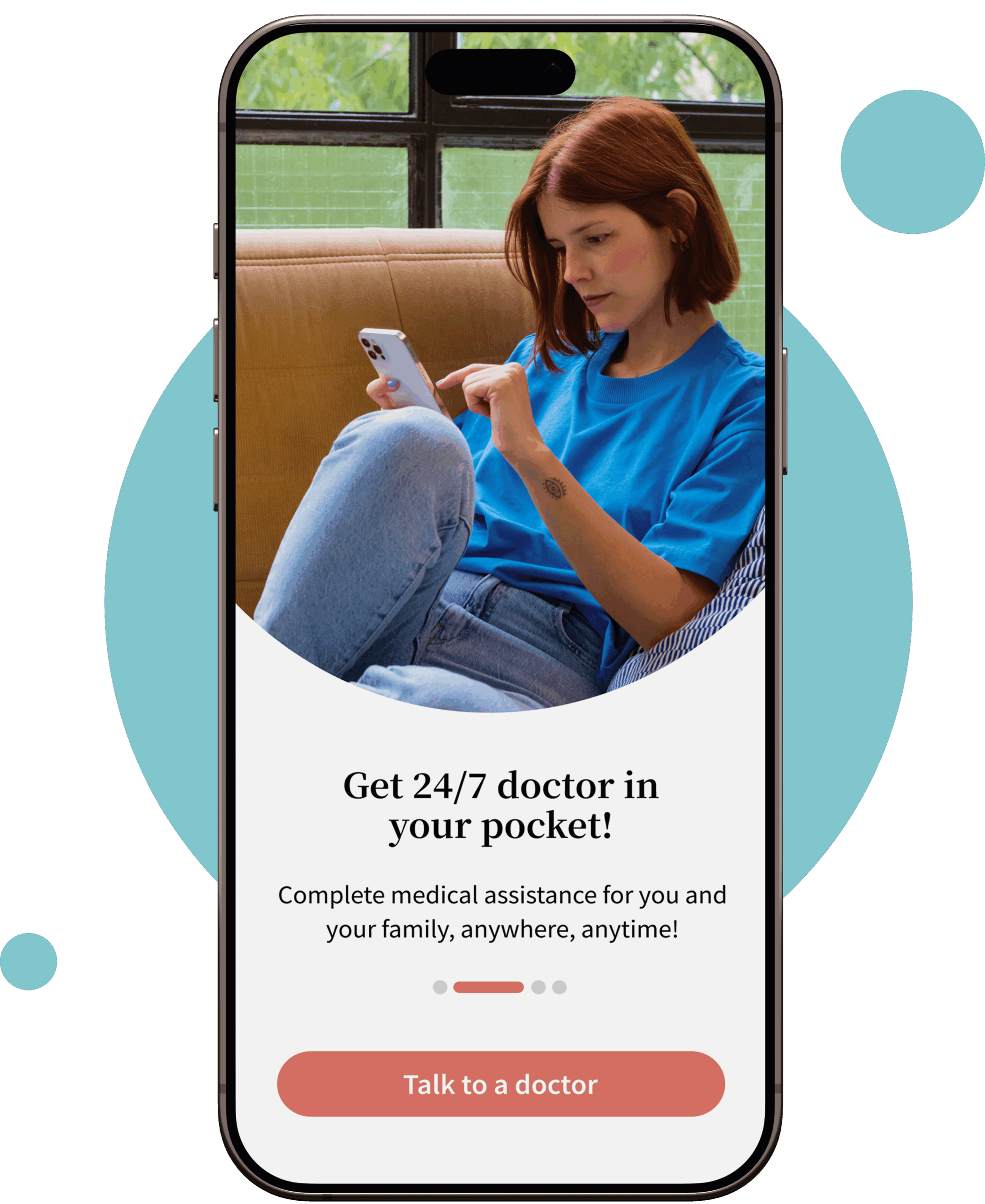
Get online yeast infection treatment
Prescription medications commonly used to treat yeast infections include Clotrimazole (Canesten), Terbinafine (Lamisil), Fluconazole (Diflucan), Ketoconazole (Daktarin), and Nystatin (Nystan). These antifungal medications come in various forms, like creams, ointments, tablets, and suppositories, and are effective in treating yeast infections caused by Candida.
The best course of treatment for a yeast infection depends on the kind and severity of the infection, so it is crucial to see a doctor for a correct diagnosis. Get treatment without delays and stay healthy from the inside out. Prioritize your health to avoid the risk of infection spread or any complications.
What is a yeast infection?
An overabundance of the fungus candida causes a yeast infection, also known as candidiasis. When the yeast Candida overgrows, especially albicans, it causes a yeast infection, which is also called candidiasis. The vagina, skin folds, and mouth are just a few of the many potential sites for yeast infections. In the vaginal area, yeast infections are known as vulvovaginal candidiasis.
What are the symptoms of yeast infection?
- Yeast infections can cause redness, itching, burning, and changes in the consistency of discharge are common symptoms.
- In the vaginal area, symptoms may include a sore and itchy vagina/vulva, soreness, burning, redness around the entrance to the vagina (vulva), slight swelling of the vaginal lips (labia), and cottage cheese-like white discharge.
- Other symptoms can include pain during sex, thick discharge, red and swollen labia, burning around the vulva, and discomfort during urination.
- The penis tip is a common site for yeast infections in men, which can cause redness, irritation, and discharge.
Causes of yeast infection
Factors that can lead to yeast infection include:
- Overuse or misuse of antibiotics, hormonal imbalances, stress, uncontrolled diabetes, and pregnancy. Antibiotics have the potential to upset the vaginal balance of bacteria, which can result in an excess of yeast.
- Increased estrogen levels, uncontrolled diabetes, and conditions that suppress the immune system can also contribute to the development of yeast infections.
- It is important to note that yeast infections are not spread through sexual contact, but sexual activity can sometimes lead to yeast infections due to changes in vaginal flora.

Treatment of yeast infection
Various methods can be employed to treat a yeast infection based on the severity, site of infection, and frequency of the infection.
- Fluconazole (Diflucan) is commonly prescribed for vaginal yeast infections.
- Clotrimazole is prescribed to cure thrush and other mouth yeast infections.
- Topical antifungal creams, such as clotrimazole, miconazole, or terconazole, can be prescribed to treat skin yeast infections effectively.
Yeast infection medication we prescribe
Antibiotic
Learn MoreAntibiotic
Learn MoreAntifungal
Learn MoreAntifungal
Learn MoreAntifungal
Learn MoreHow to prevent yeast infection?
To prevent yeast infections, several strategies can be implemented based on the information from the provided sources:
- Practice good oral hygiene to prevent yeast infections in the mouth (thrush). Keep skin folds dry and reduce friction to prevent yeast infections in skin folds.
- Opt for breathable underwear, preferably made of cotton, to help prevent vaginal or genital yeast infections. Loose-fitting clothing can also help reduce moisture and heat around private parts, lowering the risk of yeast infections.
- Refrain from using scented tampons, pads, vaginal deodorants, and perfumed feminine hygiene products that can disrupt the natural balance of the vagina and cause irritation, potentially leading to vaginitis or yeast infections.
- Antibiotics can upset the body’s bacterial balance, which can cause an overgrowth of yeast, so use them only when absolutely necessary. Avoid unnecessary antibiotic use to prevent yeast infections.
- Change wet clothes immediately and keep the genital area dry, especially after swimming or exercising, to prevent moisture buildup that can create a favorable environment for yeast growth.
- Consuming yogurt with active cultures can help add good bacteria to the body, aiding in controlling yeast. Additionally, making dietary changes and incorporating probiotics can contribute to preventing yeast infections.
How to connect with doctor for yeast infection
Connect with a health care professional online in 3 easy steps.
1
Describe your issue
Download our app, register and tell us about your medical issue to get started.
- Yeast Infection
- Anemia
- STD
- UTI
- Skin
- Covid
2
Chat with a doctor
Connect with a board-certified doctor. You can chat, send pictures and videos.
Hi Dr. Nicole, I have had a cottage cheese discharge with vaginal itching for 3 days. What can I do?
3
Get online prescription
Our online doctors can help you with your medical issues and give you prescriptions.
Prescription
- Clotrimazole cream 1%, apply twice daily for 7 days
- Fluconazole 150mg, once only
Send Prescription
FAQS about yeast infection treatment online
Can I get treatment for vaginal fungal infection within 24 hours?
Yes, you can. With Your Doctors Online, you can get treatment for vaginal fungal infection within minutes. All you have to do is download our application and consult with our online doctor.
How long does a yeast infection last?
Yeast infection takes a few days to 1 week to clear up if the infection is mild. If the infection is severe, it takes longer to go away. In either case, complete the medication course to avoid the infection remission.
Can I get treatment for vaginal fungal infections if I am pregnant?
Our doctors can prescribe topical antifungals (clotrimazole or miconazole) to apply locally for seven days. For more detailed information, please consult with our online doctors.
Why am I still itching after treatment for yeast infection?
Symptoms might persist if the first course of treatment does not completely clear up the infection. Sometimes, different treatments are needed for underlying conditions that cause similar symptoms, such as bacterial vaginosis or sexually transmitted infections.
how long do I have to wait before having sex after completing yeast infection treatment?
You should wait five to seven days after completing yeast infection treatment before you can have sex again. Otherwise, it can lead to irritability, itchiness, burning, and swelling.
What are the signs of a healing yeast infection?
Reduction of symptoms like itching, burning, and redness in or around the vagina is a sign that a yeast infection is healing. Also, the consistency of the discharge may change, and it may become thinner and return back to normal. Any pain you may have experienced during sexual activity, as well as any sores or cracks that may have formed as a result of the infection, should begin to heal as the infection heals.
How can I get a yeast infection pill without going to the doctor?
You can get a yeast infection pill without going to the doctor by visiting telehealth clinics like Your Doctors Online. Download our app, consult our doctors, and get a prescription for yeast infection within minutes.
What is the 3-day prescription for yeast infection?
A 3-day prescription medication for yeast infection includes Monistat 3(miconazole) or Canesten 3-day treatment, which treats vaginal itching, burning, redness, and swelling by targeting the causal agent, i.e., yeast (Candida albicans).
How long does a yeast infection last without treatment?
If not treated, yeast infection may take as few as three days or two weeks to resolve completely. Even with treatment, there are chances of remission if the fungus finds favorable conditions for growth.
What should you do if over-the-counter yeast infection medicine doesn't work?
You will require higher strength antifungals available prescription only if the mild strength antifungal is not working or oral antifungals such as fluconazole will be prescribed for a longer duration. It is best to see a doctor if you think yeast infection is not going away. Your doctor will prescribe the proper medication with the appropriate dosage for your condition.How quickly does Fluconazole work for yeast infection?
What to do if over-the-counter yeast infection medicine doesn t work?
You will require higher strength antifungals available prescription only if the mild strength antifungal is not working. It is best to see a doctor if you think yeast infection is not going away. Your doctor will prescribe the proper medication with the appropriate dosage for your condition.
How quickly does fluconazole work for yeast infection?
Fluconazole works as fast as within 24 hours, improving the symptoms like itching and redness. If the symptoms don’t improve within three days, see a doctor within minutes and get a consultation.
Related Blog Articles

Can you use boric acid on your period?
Overview Boric acid is totally safe to be used during your period in the form

Leukocytes in urine: Is it a sign of infection?
Overview High leukocytes in urine can indicate an infection such as a urinary tract infection

Nausea after eating: Causes, Treatment, and Prevention
Overview Are you feeling nauseous, followed by a vomiting episode after you are done having
Get started today
Talk to online doctors now and get medical advice, online prescriptions, and referrals within minutes. On-demand healthcare services at your fingertips.



